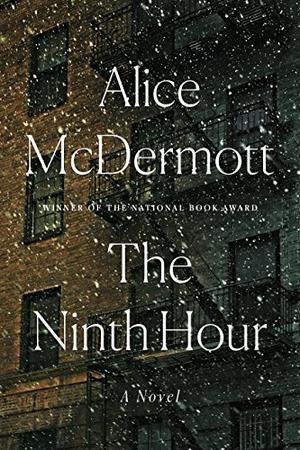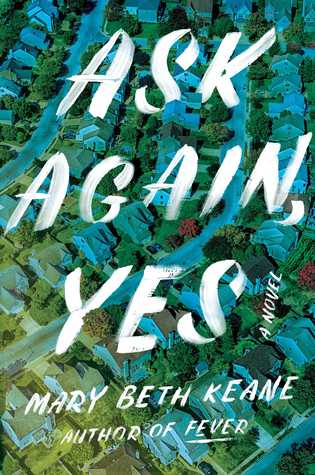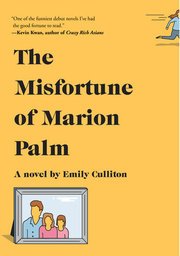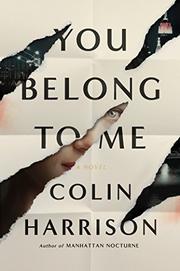Alice McDermott has won so many literary prizes that the list would take up this entire post, so I’ll just mention that her novel Charming Billy won the National Book Award for fiction in 1998. Her novels have often been on the New York Times bestseller list, and her short fiction has been featured in such publications as the New Yorker.
McDermott can conjure up New York City in the early-to-mid twentieth century better than any other author I know, and within this area of historical fiction she specializes in creating characters who are Roman Catholic. She isn’t trying to convert her readers to Catholicism but rather to tease out complex ethical questions. How does an ordinary person pursue virtue and decency? How does a adopting a religious framework for one’s life affect this pursuit, for good or for ill? McDermott will make you think hard about questions of morality.
Here are two examples of McDermott’s work set in New York City:
Someone Alice McDermott (2013) In this novel, McDermott gives us an intimate portrait of an Irish Catholic woman’s conventional life, from youth to old age. The beauty here lies in the simplicity and the lovely language.
The Ninth Hour Alice McDermott (2017) This book appears as a favorite of mine in several categories. With wonderfully resonant prose, McDermott presents the pros and cons of being Catholic in early twentieth-century Brooklyn. The neighborhood nuns are often heroines. Click here for my full review.
McDermott’s latest novel departs from her usual locale, with great success.
Absolution Alice McDermott (2023) At the start of the war in Vietnam, the United States sent “advisors”—some of them civilian engineers and some of them military personnel—to southeast Asia. Those in the higher ranks of advisors brought their families with them to Saigon. (Even though I remember the Vietnam era vividly, this possibility had never occurred to me.) Absolution is a fictional story about those wives and children in Saigon in 1963. Tricia/Patsy is a naive young bride who is befriended by Charlene, a mother in her thirties. Charlene is a manipulative woman who dabbles in the black market, among other unsavory pursuits, and she pulls Tricia into her circle. Their story is narrated, looking back from the present day, first by a very elderly Tricia and then by Charlene’s daughter, Rainey. The racism and sexism of the period are presented in unvarnished and realistic detail, as the women muddle along on the edges of a momentous period in the history of both the United States and Southeast Asia. Alice McDermott is at the top of her game, so don’t miss Absolution.
























